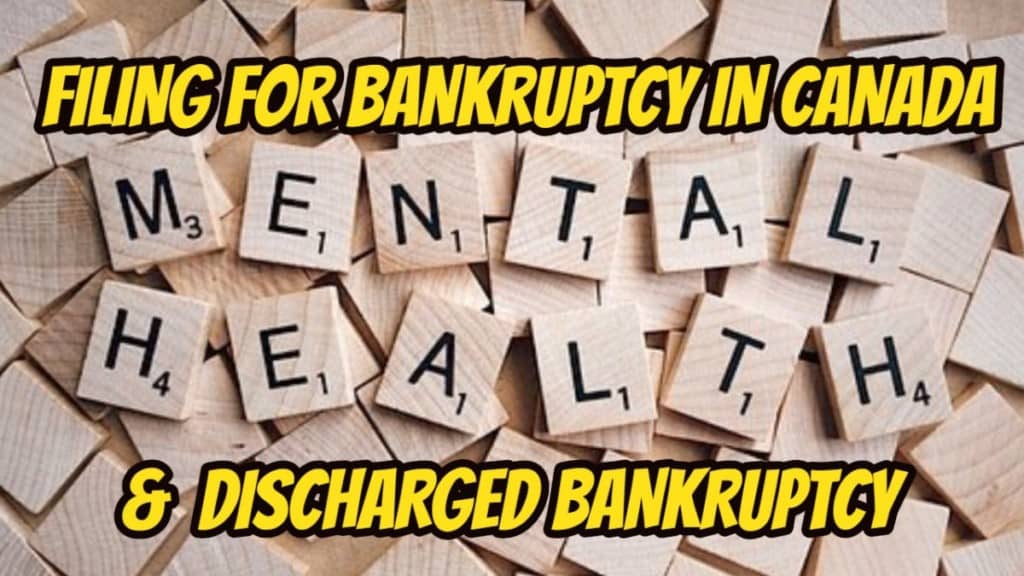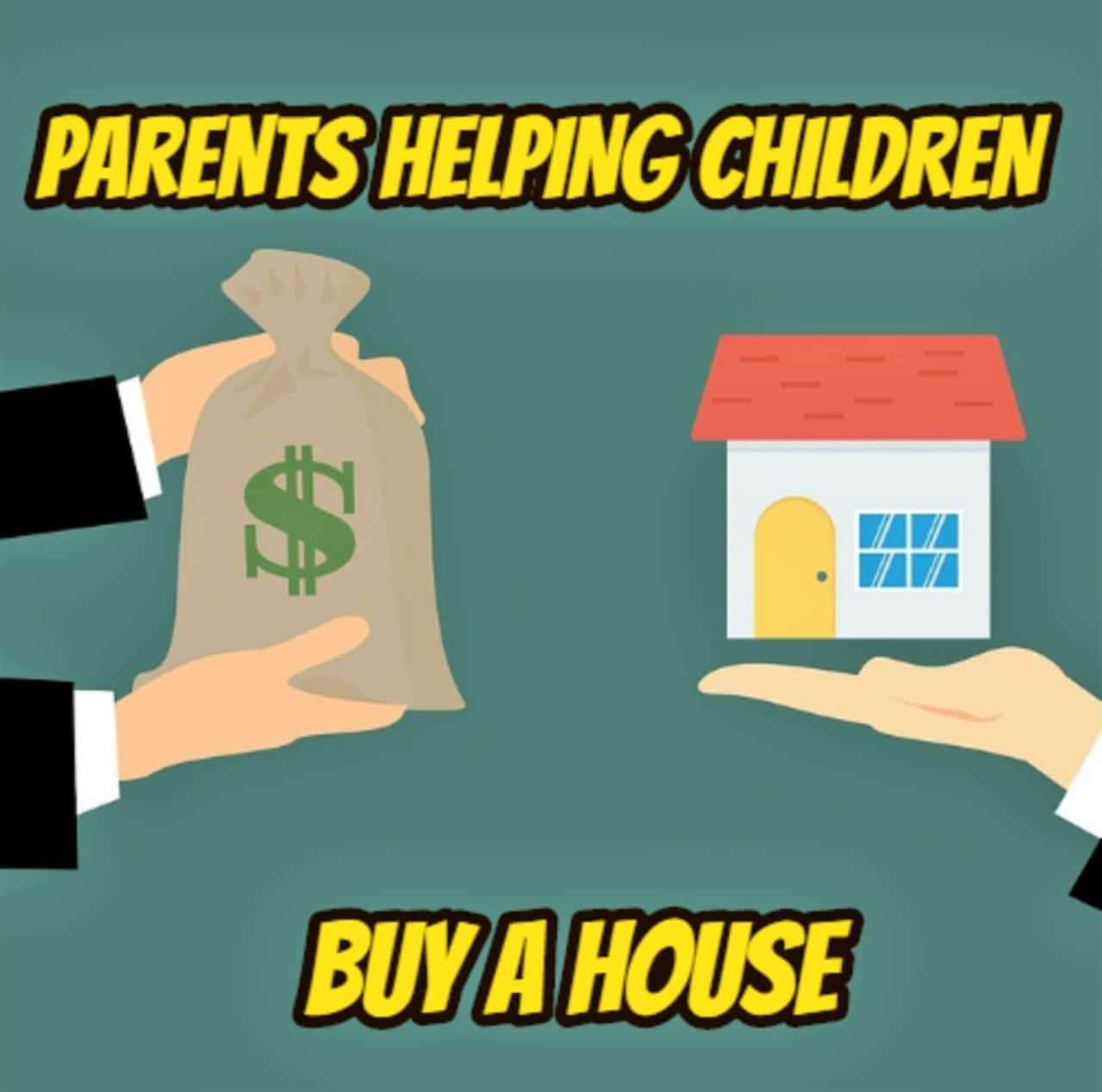
Filing for bankruptcy in Canada: Introduction
With filing for bankruptcy in Canada, if a person’s discharge is opposed, there must be a court hearing. At the hearing, the court will decide if the discharge will occur. Once the discharge is granted, the person will be relieved of his or her debts as of the day he or she filed for bankruptcy (with certain exceptions) and will be free to start rebuilding his or her credit rating and financial future.
Filing for bankruptcy in Canada: Court of Appeal for Ontario decision
The purpose of my blog is to describe a March 2018 Court of Appeal for Ontario decision, Kuczera (Re), 2018 ONCA 322 (CanLII). This is an important decision in how mental health issues intersect with the bankruptcy discharge process.
Mr. Kuczera’s financial problems began with a costly and hotly contested divorce proceedings. With his debts mounting and the divorce proceedings continuing, Mr. Kuczera filed a consumer proposal. As a result of the ongoing family law battle, his mental health deteriorated and he became clinically depressed. He was no longer able to cope with life and was unable to work.
Filing for bankruptcy in Canada: Defaulting on the consumer proposal
Up to this point, he was making the consumer proposal payments. His default in the consumer proposal caused it to be annulled. The consumer proposal was his attempt to get out of bankruptcy, as he first used filing for bankruptcy in Canada with an assignment in bankruptcy first. So, Mr. Kuczera now remained an undischarged bankrupt.

Filing for bankruptcy in Canada: The bankruptcy discharge hearing
Mr. Kuczera represented himself in Bankruptcy Court on his discharge hearing. He tried to show the Registrar in Bankruptcy that he tried his best to live up to all of his bankruptcy obligations to the licensed insolvency trustee, but due to his mental health issues, he could not. Unfortunately, his evidence was only a basic report from his psychiatrist.
The Registrar did not grant an absolute discharge. Rather, based on the evidence in front of her, she ordered that a discharge be granted only after payment of the outstanding balance under the consumer proposal, and one other minor condition. The Registrar went on to state that he was held responsible for his situation.
Filing for bankruptcy in Canada: Appeal of the Registrar’s decision
Mr. Kuczera was able to hire a lawyer to appeal the Registrar’s decision to a Judge sitting in Bankruptcy Court. The Judge refused to consider fresh evidence in the form of more descriptive psychiatric reports supporting the summary findings presented at the original discharge hearing. The Judge dismissed Mr. Kuczera’s appeal.
Filing for bankruptcy in Canada: Appeal of the Judge’s decision
He now had his lawyer appeal the Judge’s decision to the Court of Appeal for Ontario. The Court of Appeal disagreed with the approach of the appeal judge. The Court of Appeal could not understand why the appeal judge would not allow the more detailed reports from Mr. Kuczera’s treating psychiatrist. These new detailed reports were further to the summary report provided to the Registrar.
The Court of Appeal went on to say that neither the Registrar nor the appeal judge gave proper weight to the psychiatric evidence. It also went on to say that a discharge condition requiring Mr. Kuczera to pay the payments due under the consumer proposal would not be “difficult”, as described by the Registrar. Rather, the Court of Appeal said that it would be “crushing”.

Filing for bankruptcy in Canada: What the Court of Appeal found
So the Court of Appeal found that:
- the appeal judge erred by not considering the fresh psychiatric report evidence;
- The need for the bankrupt to pay the balance of the consumer proposal payments would be crushing; and
- The fresh psychiatric evidence was compelling.
Given the length of time that Mr. Kuczera remained in bankruptcy, and considering the above factors, the three-judge panel in the Court of Appeal for Ontario unanimously agreed that Mr. Kuczera gets his absolute discharge from bankruptcy.
Filing for bankruptcy in Canada: Mental health issues
Mental health issues are at the forefront of the news. Most recently, both Kate Spade and Anthony Bourdain committed suicide because of mental health issues. I believe that as society recognizes mental health issues as a legitimate illness or disability, you will see it influencing Bankruptcy Court decisions. That certainly was the case for Mr. Kuczera.
Filing for bankruptcy in Canada: Debt after your bankruptcy discharge
After receiving your bankruptcy discharge, NOBODY can try to collect this debt again. Discharged debt cannot appear on your credit report as anything other than a zero balance. Sometimes collection agencies report a discharged debt to the credit bureaus, hoping you will pay off the debt and not correct the information with the credit bureaus. The debt will still incorrectly appear on your credit report.
Filing for bankruptcy in Canada: Discharged debt and your credit report
When discharged debt re-appears on your credit reports, it affects your credit score and can result in higher interest rates or credit denials. Sometimes debt collectors buy discharged debt, knowing they can’t collect on it, but hoping you don’t know that.
These debt collectors may tell you that the discharge doesn’t apply to them because they are not the original creditor. Don’t be fooled. Creditors who attempt to collect a discharged debt are violating a court order. The court can stop them, and they may even have to pay damages.
Discharged debt should not show on your credit report except as a zero balance – Monitor your credit report and be proactive. A discharged debt is not valid and is not collectible.
Filing for bankruptcy in Canada: Do you have too much debt?
I hope that you have found this information helpful. Bankruptcy is the last thing we try to do for a person in financial difficulty. If caught early enough, we can get involved in a debt settlement restructuring program for you.
The Ira Smith Team knows that you are worried because you are facing significant financial challenges. The stress placed upon you is enormous. We understand your pain points.
Contact the Ira Smith Team today. We know how to solve your financial challenges, remove your pain and put things back on a healthy path. Contact us today for your free consultation so that we can save your life, Starting Over Starting Now.













